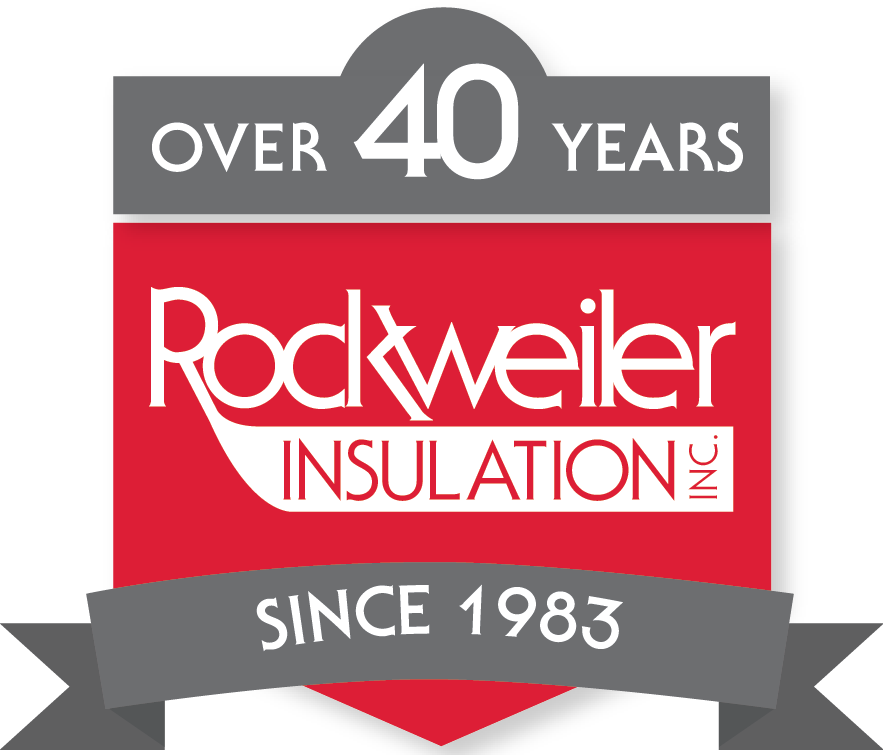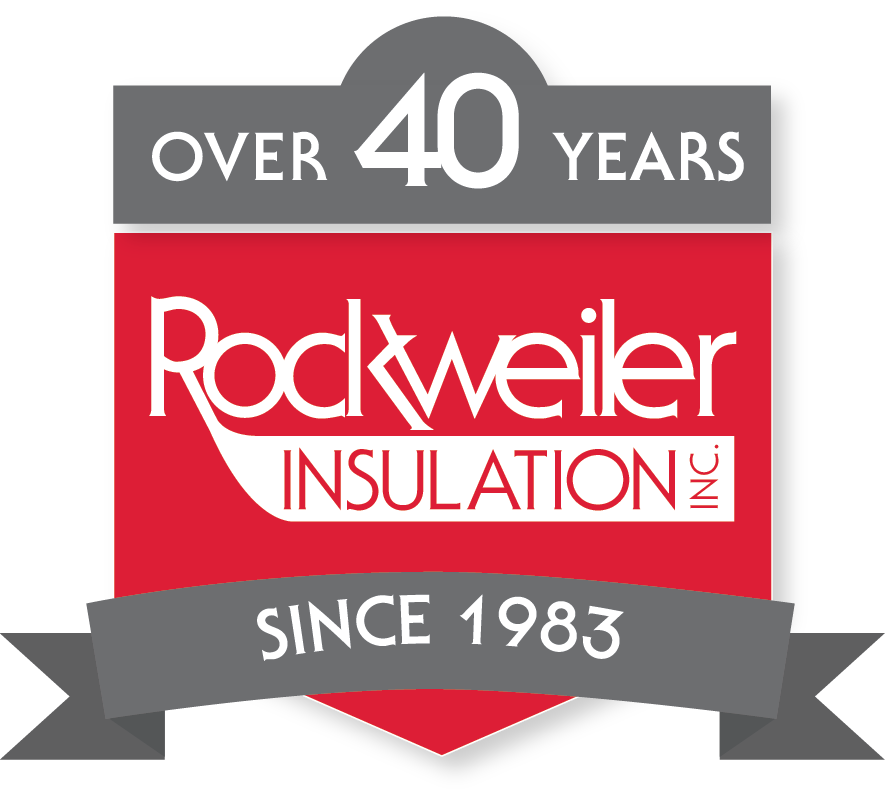Wall Insulation Options for New Homes in Wisconsin
The process of building a new home can be overwhelming with the volume of choices and decisions it requires. At Rockweiler Insulation we will help make sense of your project, breaking down new home insulation options for walls, ceilings, and other areas of your home. Our experienced staff and technicians are ready to deliver the best solution to meet your budget as well as ensure energy efficiency. Every project is insulated to meet Wisconsin State code requirements, but we can offer ways to exceed the new home insulation requirements as well. We are happy to tailor an insulation package to meet your functional and budget needs.
It is much more cost effective to insulate these areas during new homes construction than to retrofit them later. Don’t miss out on your chance to address key areas and help homeowners save on energy bills over the life of their home and increase your incentives!
We offer three wall insulation options for new home insulation:
- Fiberglass Batt Insulation – A precut batt is installed in each exterior wall cavity (standard is R-19 in a 2×6 wall cavity and can be upgraded to R-21). Exterior walls will be insulated for year-round protection from extreme temperatures.
- High Performance Blown-in Wall System – The perfect blend of energy efficiency, comfort, and air sealing that takes energy efficiency a step further. Our team installs a fabric mesh and fiberglass insulation is blown into the wall cavity (this yields an R-24 in a 2×6 cavity, a higher R-value than can be achieved with fiberglass batt insulation). This gives homes a seamless, thermally efficient blanket that completely fills any void for high thermal resistance and sound reduction making it one of the best insulation options for new homes.
- Hybrid Exterior Wall System – Two inches of closed-cell spray foam is first installed at the exterior sheathing. The remainder of the wall cavity is insulated with High-Performance Blown-in Wall System (yields an R-28 in a 2×6 wall cavity, our highest R-value option). This system delivers the highest standard of energy efficiency, fully sealing all areas of the home down to the smallest crevice at a lower price point than full spray foam making your new home insulation cost more affordable.
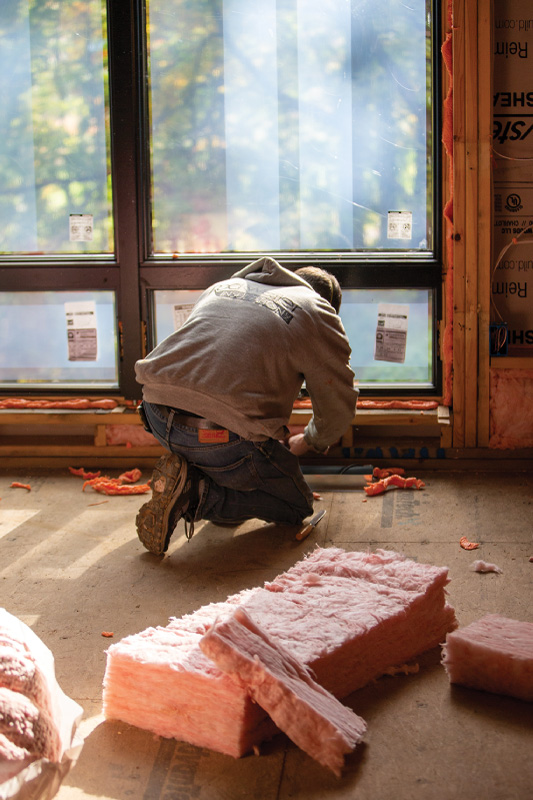
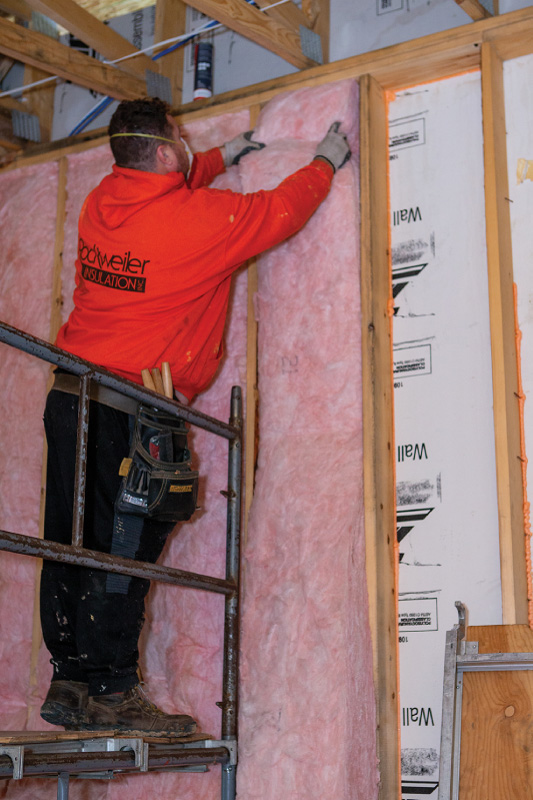
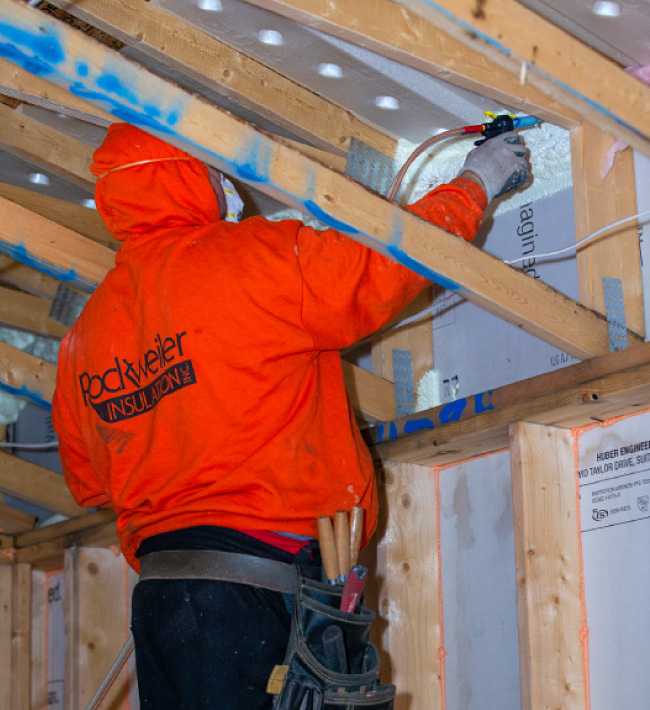
Attic insulation
To ensure a home has optimal thermal protection in an attic and is getting the best insulation for new home construction, it is important to air seal, ventilate and insulate. The first step is to air seal. Sealing air leaks keeps conditioned air inside the home, complementing the thermal protection provided by insulation. Air sealing an attic before blown-in insulation is installed is a proactive way of insulating a new home by saving homeowners from energy upgrades down the road.
The next step in a proper attic insulation system is to install air chutes. Ventilation is critical to ensure adequate air exchange. Without proper ventilation, a home attic insulation system will not function properly. After air sealing and ventilating, insulation is installed. Installing blown-in fiberglass insulation provides excellent coverage throughout the attic. This application allows for even coverage throughout the attic space including tight corners.
Don’t Forget! Other Insulation Upgrades
If you are looking to take new home insulation further, there are many other upgrades to consider that Rockefeller Insulation offers its Wisconsin customers:
- Sound Control – Adding sound control insulation is a popular upgrade. Sound control insulation around noisy rooms can be beneficial. This upgrade is especially popular around bathrooms, laundry rooms, and theater rooms.
- Garage Insulation – Don’t forget about the garage! Without proper thermal protection, cold winter air or hot summer air that enters an attached garage can impact the walls of rooms adjacent to the garage. As with all insulation, it is easiest to install new home insulation products in the garage during construction.
- Basement Box Sills – Basement box sills are the thinnest points in a home’s exterior. With little protection from the outside air temperatures, box sills can dramatically affect the temperature in a basement and on the first floor of a home. Installing spray foam insulation seals air leaks and adds R-value.
